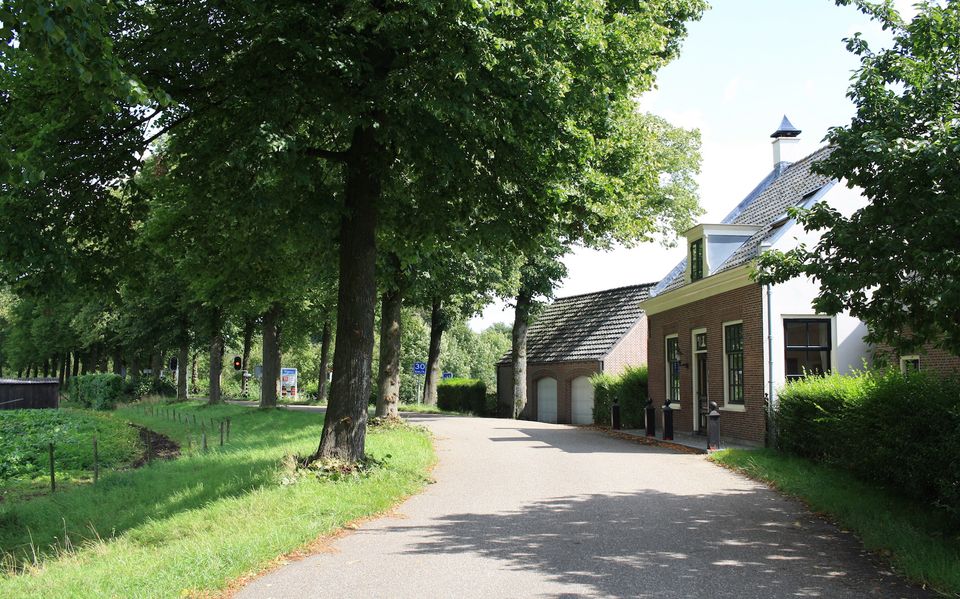
The oldest traces of habitation in the immediate surroundings of Vianen are not in the town itself, but just outside the current hamlet of Helsdingen. For centuries, Vianen was a ‘wasteland’: an inhospitable peat bog unsuitable for human habitation. However, Helsdingen, situated on higher ground, was suitable. Archaeological remains show that farms already existed in this place in the 9th or 10th Centuries.
When the Bishop of Utrecht released the area between the Lek and the Linge for …
The oldest traces of habitation in the immediate surroundings of Vianen are not in the town itself, but just outside the current hamlet of Helsdingen. For centuries, Vianen was a ‘wasteland’: an inhospitable peat bog unsuitable for human habitation. However, Helsdingen, situated on higher ground, was suitable. Archaeological remains show that farms already existed in this place in the 9th or 10th Centuries.
When the Bishop of Utrecht released the area between the Lek and the Linge for cultivation in the 11th Century, the reclamations were started from Helsdingen. Written sources from the 14th Century refer to a farm in Gelsdingen managed by monks from St. Laurentius Abbey in Oostbroek, Utrecht. These monks not only worked the farm but also organised the exploitation of the surrounding land. Helsdingen was probably a place of considerable significance at this time, since the name “dingen” refers to some form of judicial court.
Remarkably enough, little has changed since the Middle Ages in the design and size of the hamlet of Helsdingen. Helsdingen is still a good example of a stretched-out village with a parallel Voorweg and Achterweg linked together in a fork shape. There were several farms and a chapel on these roads.
Further reading: Cope reclamation, Helsdingen Chapel, Jan Blanken funerary monument, Vianen town centre.
